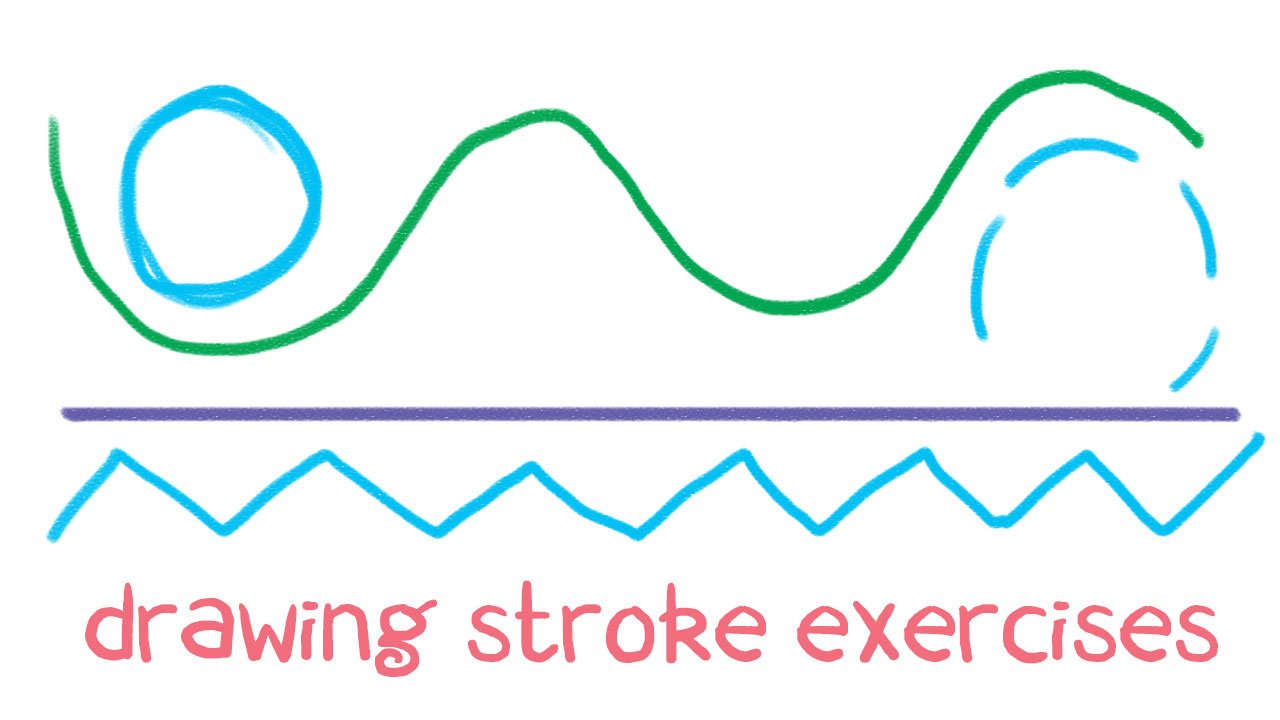Drawing Stroke Exercises — Simple Techniques for Better Outlining
 Have you ever brushed your teeth with the ‘wrong’ hand?
Have you ever brushed your teeth with the ‘wrong’ hand?
If you haven’t, you should try it — assuming of course that you use a regular toothbrush rather than an electric one :).
It’s much harder than you’d expect, right?! Your brush strokes feel as if you don’t know exactly where your teeth are. The thought of getting your brush to move in gentle, gum-massaging circles seems totally far-fetched. It’s like being bust back down to toddler skill levels all over again.
But what if you brushed like that every night this week?
How much better, how much smoother, how much more ‘massage-y’ would your brush strokes become by the end of it?
What if you could use the same principle in drawing stroke exercises to improve the smoothness of your pencil strokes, particularly when outlining?
And no, I’m not suggesting you draw with your non-dominant hand…
How drawing stroke exercises can improve your outlines in under 60 seconds a day
At the end of your day’s cartooning, draw 3 circle-y circles/ovals of any size, in HB pencil.
As you do your circle-y circles, aim to lay the lines down on top of one another as far as possible, while still having a relaxed grip of your pencil. This is the first step to improve your line control.
Once you have 3 softly-sketched circles, take a softer pencil and practice creating a smooth outline round each circle. A 2B or 4B pencil is perfect. You could also use a fine felt tip, though soft pencils feel more compelling as they move across the paper.
You probably won’t do the whole circle smoothly in one continuous stroke
Do it in smaller arcs; aim to make your smooth arcs a little longer each day.
To master your pencil strokes in every direction you can also work with loops, wave shapes, straight lines and zig-zag angles.
You’ll be amazed at how a week will ramp up your confidence. Spend just a minute each day working mindfully on controlling your pencil tip to make longer lines while keeping the movement smooth.
—
Questions? Suggestions?
If you’re not 100% clear about these drawing stroke exercises (or you have a question about something totally unrelated to this video), I’d love to hear from you.
Leave a comment and who knows? Your question could spark off an exciting new lesson series!
